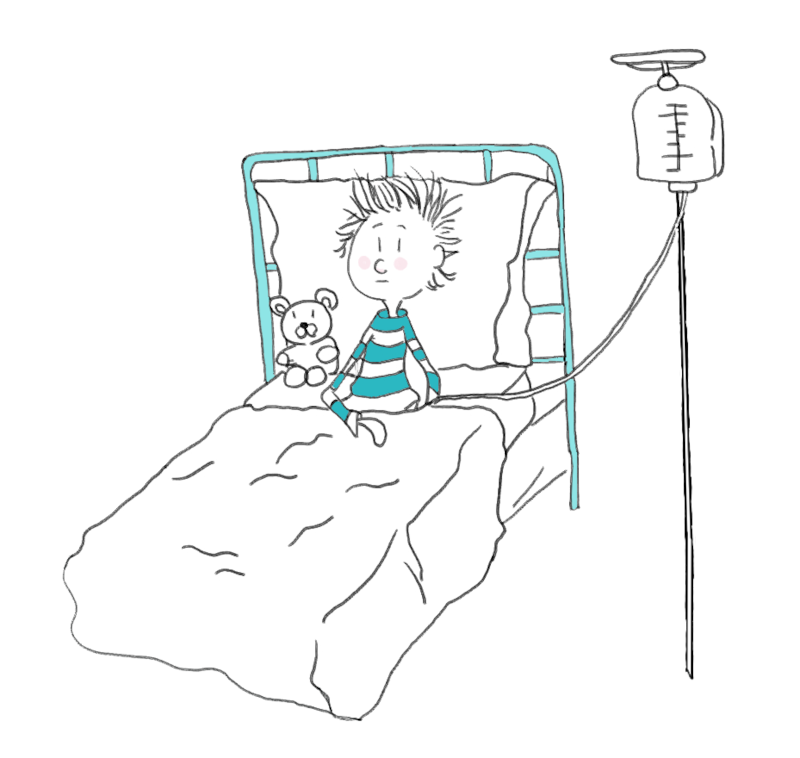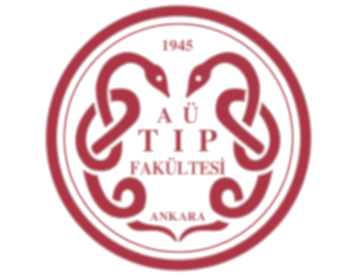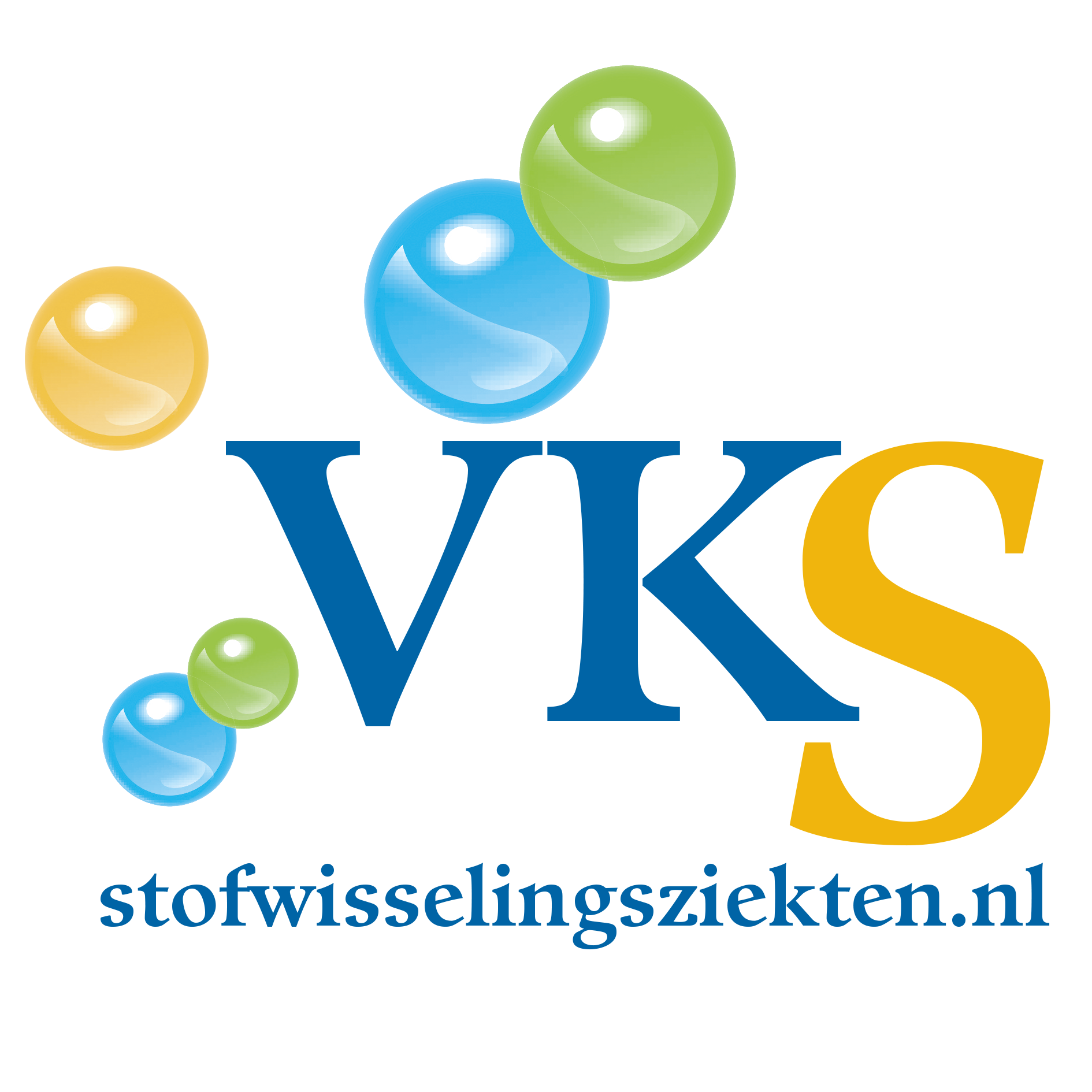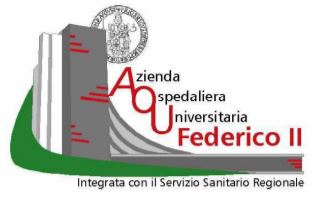
Why an emergency letter?
Emergency situations greatly affect the quality of life of patients with FAOD and GSD's and their families. If an emergency situation occurs, the first measures are taken at home. Possession of an emergency letter, and knowing how to use it, can then prevent life-threatening situations. Local or regional doctors are subsequently often the first healthcare providers to be involved in the emergency treatment. The emergency letter can then facilitate the communication until expert metabolic support can be sought. Expert advice is mostly necessary because these diseases are rare and specific knowledge is not readily available.











.png)





.png)
